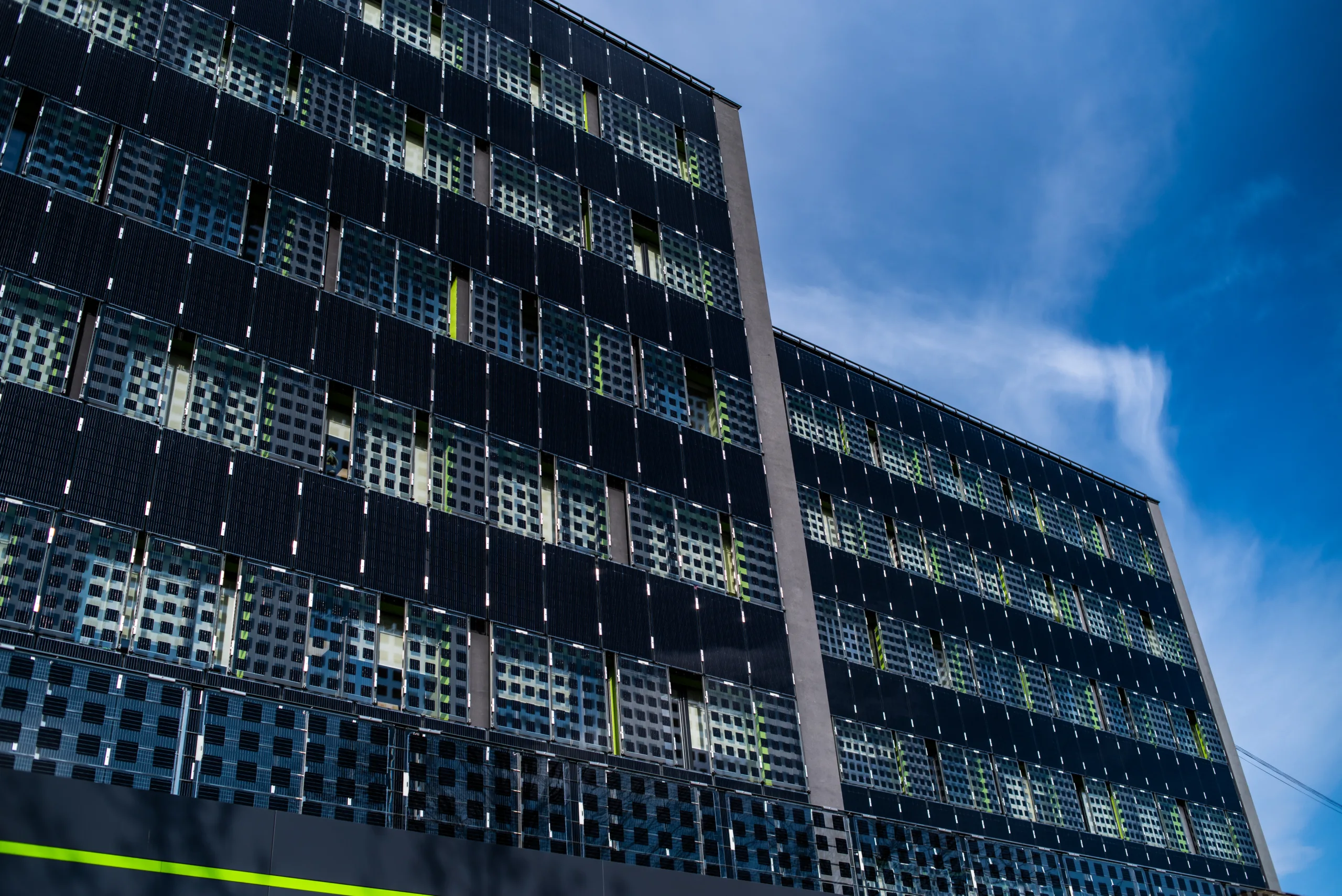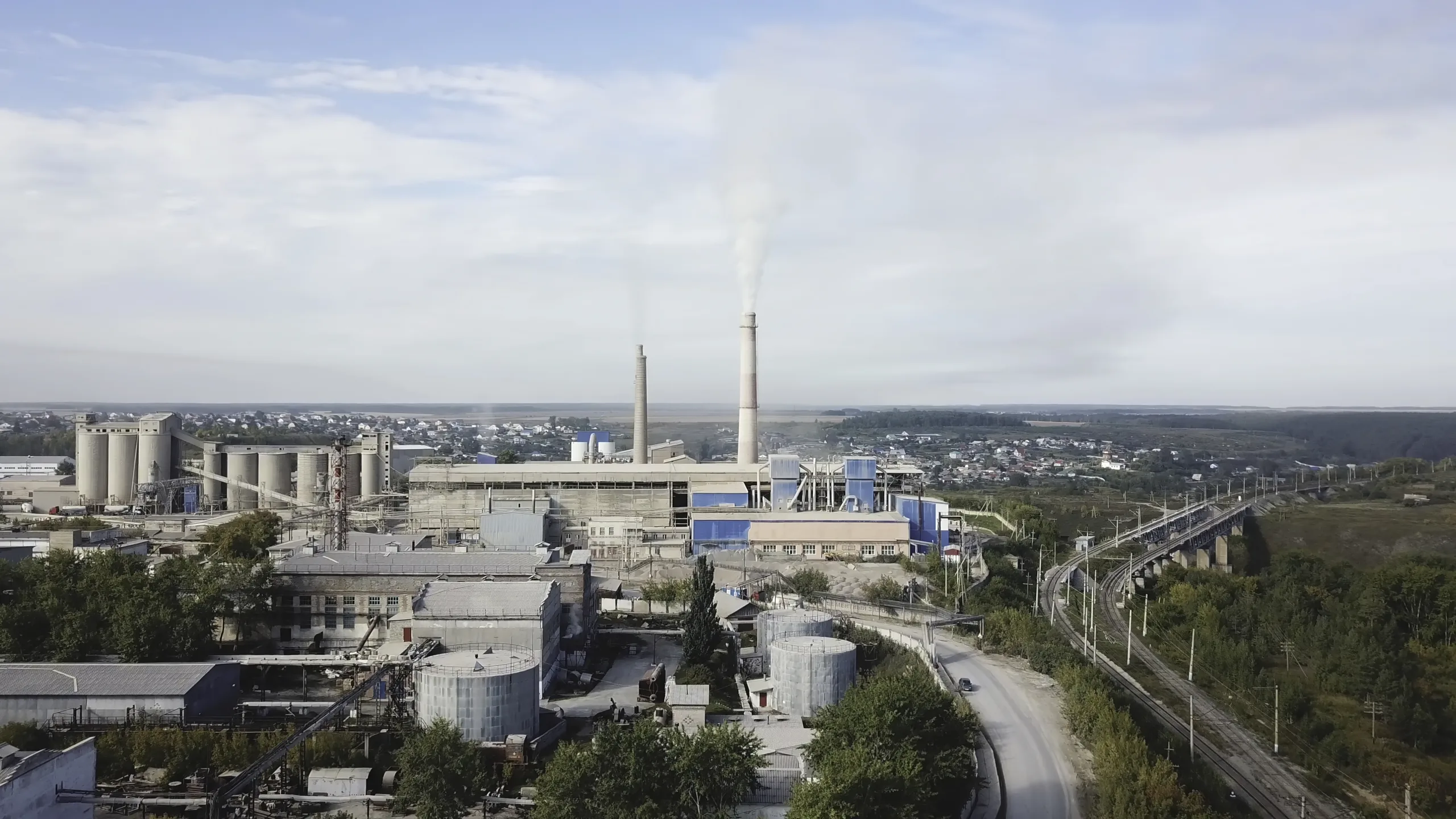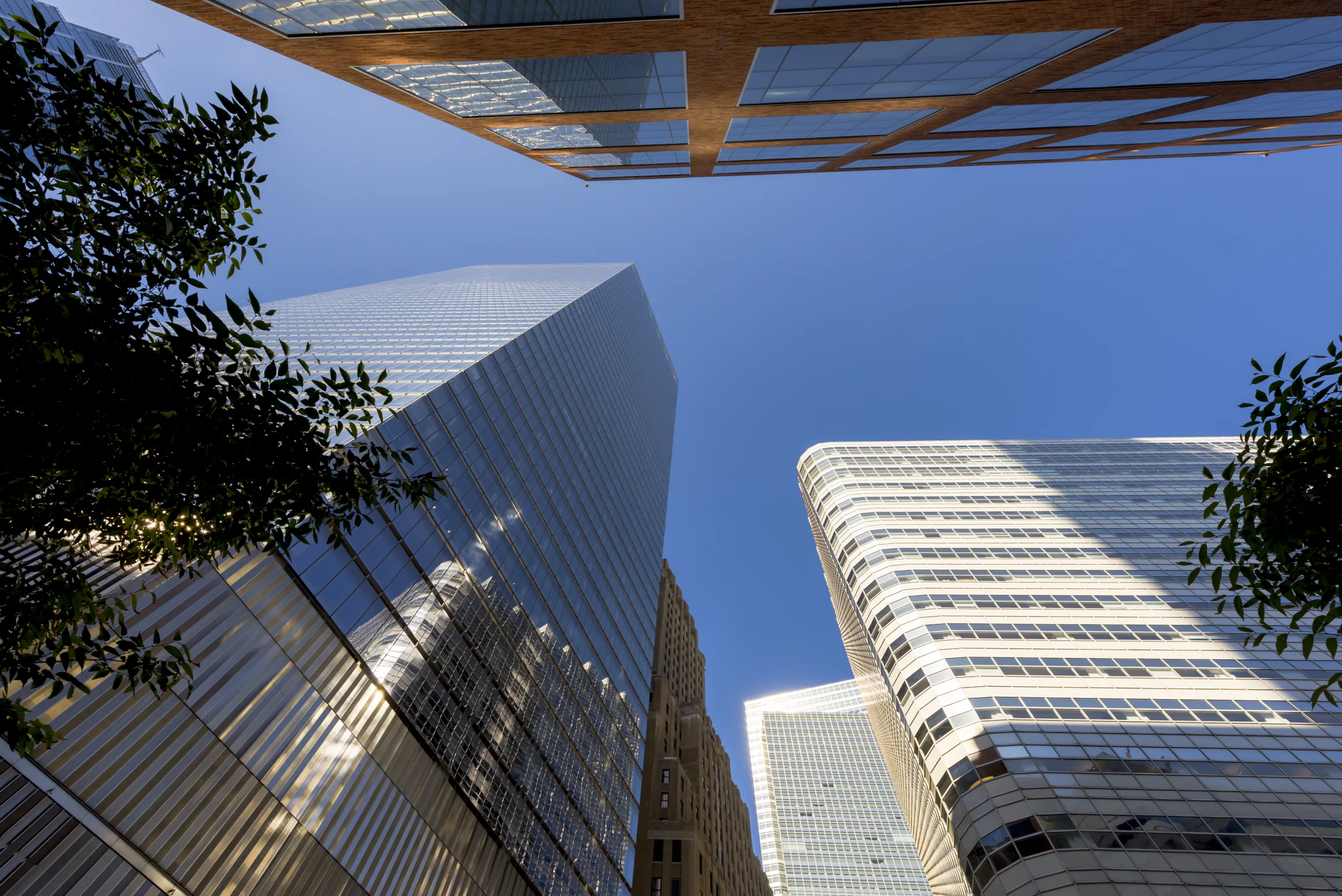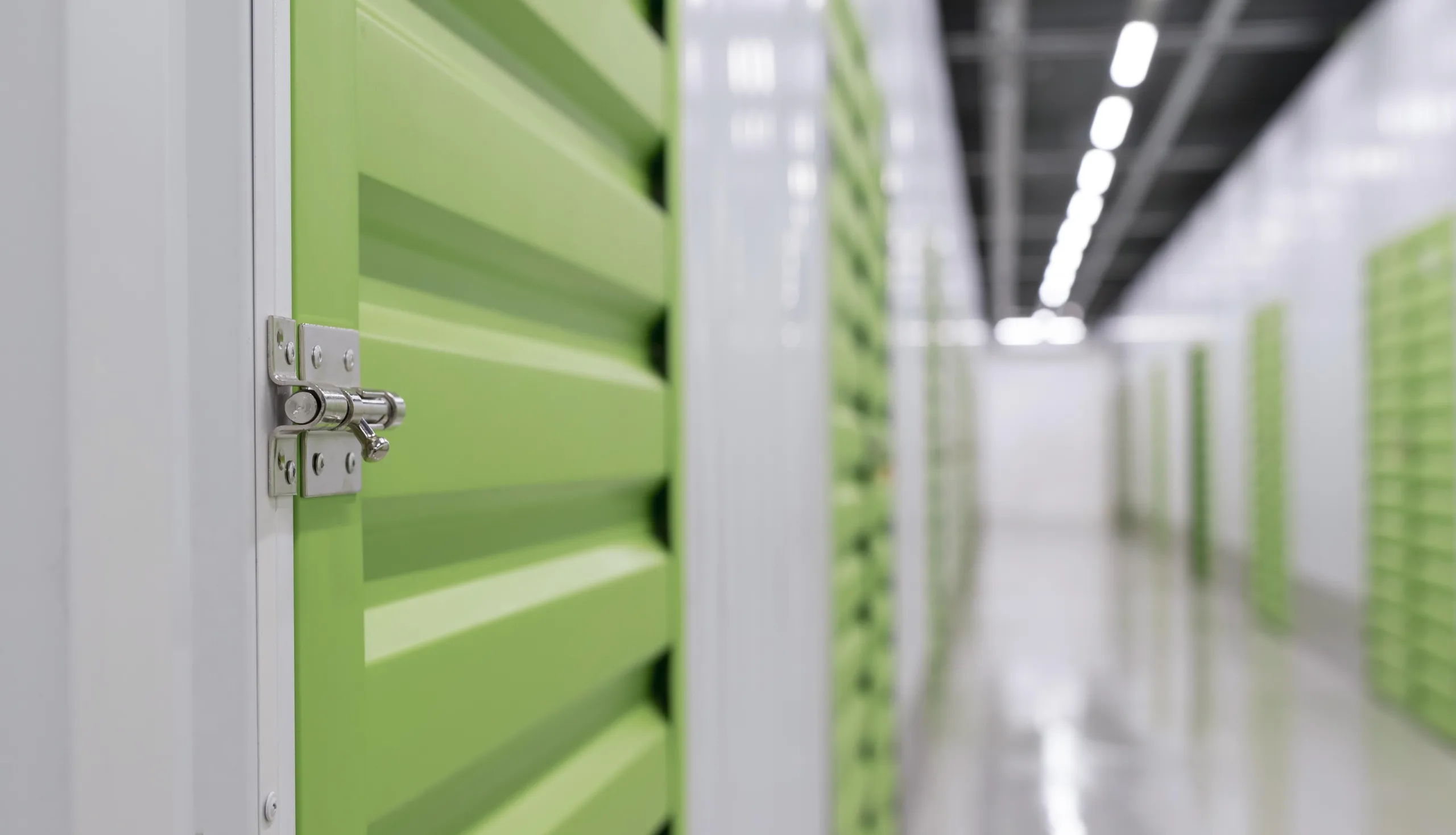- Office distress in Los Angeles is accelerating, with nearly half the market considered “economically unviable,” but new opportunities are emerging for private capital investors.
- With falling prices, growing distress, and shifting regulatory frameworks, private players with a long-term strategy are stepping in as institutional investors pull back.
- Transactions by private equity groups like Carolwood and Harbor Associates underscore a market primed for opportunistic buying, especially in Downtown LA, despite persistent uncertainty.
A New Era For Office Investing In LA
Downtown Los Angeles may be struggling with high vacancy and visible distress, as reported by Commercial Observer. Take Oceanwide Plaza, now marked by graffiti and stalled construction, as a clear sign of the area’s distress. But despite these challenges, the area is becoming a hotbed of investment opportunity. A sluggish but shifting office market has made space for private capital, which is seizing on deep discounts, long-term plays, and slowly returning debt markets.
According to Newmark, LA office investment reached $1.8B in the first half of 2025. Second-quarter volume doubled compared to the same period last year. The data signals that buyers are once again willing to engage, though with more selectivity.
Distress Creates Opportunity
The numbers paint a stark picture:
- 47% of LA’s office stock is now considered “economically unviable.”
- 54 buildings in Downtown are at imminent risk of devaluation.
- Prices in the Financial District and Bunker Hill have fallen 20–30%, and in the Market and Fashion Districts, 30–40%.
But for private capital, this distress represents a prime buying opportunity.
“Properties have fallen so much you’re getting a new batch of investors,” said Sonnet Hui, managing director at Project Management Advisors.
Get Smarter about what matters in CRE
Stay ahead of trends in commercial real estate with CRE Daily – the free newsletter delivering everything you need to start your day in just 5-minutes
Private Capital Steps In
While institutional investors remain sidelined — cautious in the face of volatile valuations and short hold periods — private investors are stepping in, willing to take on longer-term risk.
Recent notable deals include:
- Carolwood’s $148M acquisition of AON Center — below debt cost — and a near-deal for EY Plaza.
- Harbor Associates’ $45M deal for 1640 Sepulveda and a $120M purchase of Pasadena towers in August.
- Uncommon Developers’ $210M acquisition of the 52-story Figueroa at Wilshire, far below previous highs.
“If the investor’s strategy is to hold for the long term, then I think they’re going to be in a great position,” said Dean Fedora, Newmark’s Southwest head of research.
Downtown’s Mixed Signals
Though Downtown LA remains one of the hardest-hit submarkets, it’s also where some of the most promising shifts are occurring. New zoning and regulatory changes are making more properties eligible for residential conversions, adding another layer of potential exit strategies for buyers.
California’s entertainment industry tax credits have been extended, and production is starting to pick up following the strike. These are early signs that the city’s media and entertainment sector is starting to recover. The industry makes up 13% of the local economy and could soon drive a rebound in office demand.
Why It Matters
LA’s office market correction is more than just a fallout story — it’s a realignment. With fewer competitors in play and valuations hitting multi-decade lows, the investors willing to take a longer view are gaining a foothold others can’t.
“It’s the private capital who have longer hold periods… Their capital is better aligned to the market that we’re experiencing,” said JLL’s Jeff Bramson.
What’s Next
Look for more private equity and family office buyers to enter the LA office scene, especially as debt access improves and institutional players remain hesitant. Investors betting on long-term appreciation could be in a strong position as the market slowly stabilizes. This is especially true for buildings ripe for conversion or located in improving submarkets.
As Bramson noted: “You get good value during uncertainty.”


















